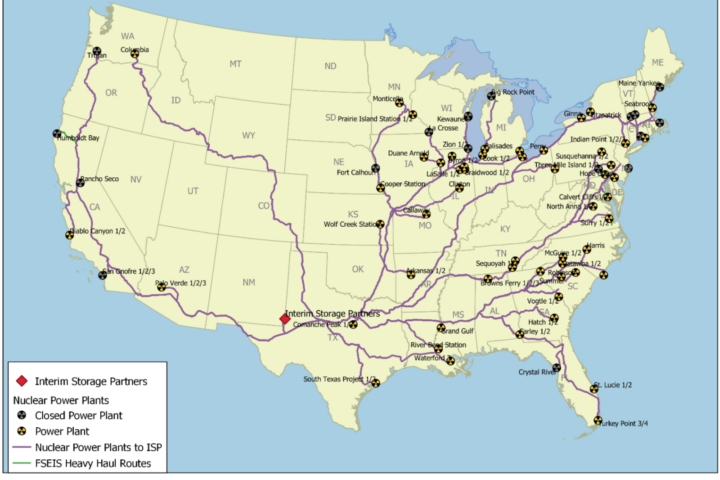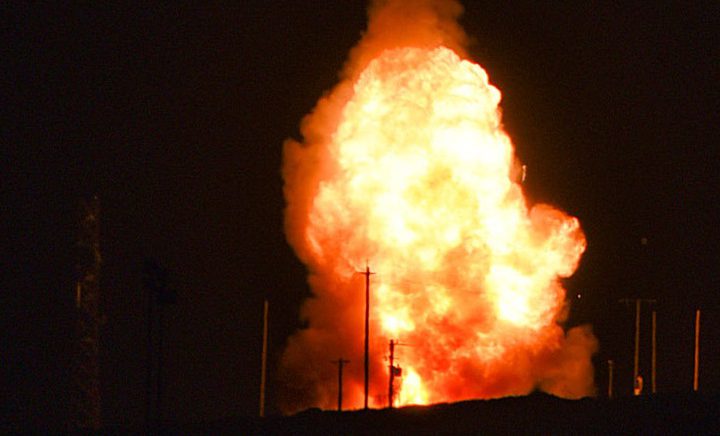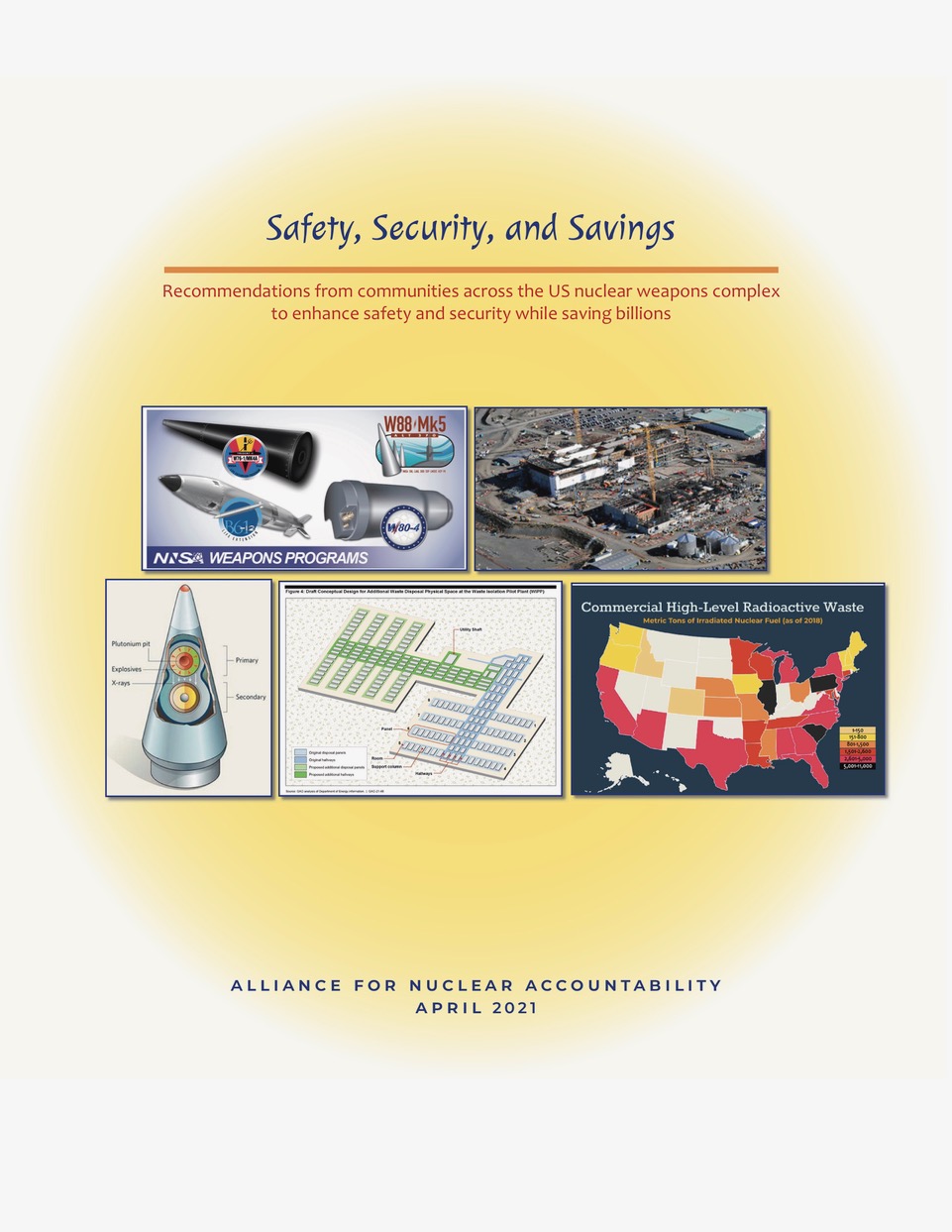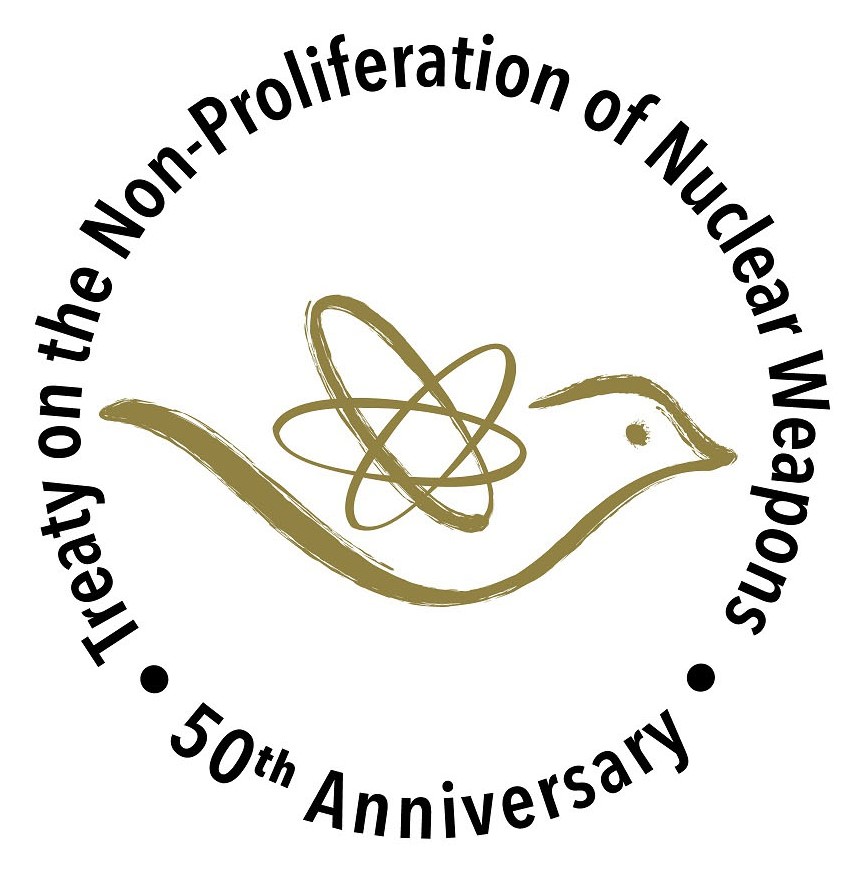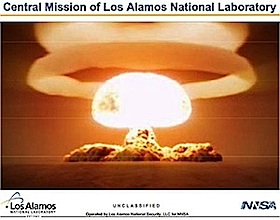Yesterday evening the Huffington Post posted a leaked draft of the Trump Administration’s Nuclear Posture Review (NPR). This review is the federal government’s highest unclassified nuclear weapons policy document, and the first since the Obama Administration’s April 2010 NPR.
This Review begins with “[m]any hoped conditions had been set for deep reductions in global nuclear arsenals, and, perhaps, for their elimination. These aspirations have not been realized. America’s strategic competitors have not followed our example. The world is more dangerous, not less.” The NPR then points to Russia and China’s ongoing nuclear weapons modernization programs and North Korea’s “nuclear provocations.” It concludes, “We must look reality in the eye and see the world as it is, not as we wish it be.”
If the United States government were to really “look reality in the eye and see the world as it is”, it would recognize that it is failing miserably to lead the world toward the abolition of the only class of weapons that is a true existential threat to our country. As an obvious historic matter, the U.S. is the first and only country to use nuclear weapons. Since WWII the U.S. has threatened to use nuclear weapons in the Korean and Viet Nam wars, and on many other occasions.
Further, it is hypocritical to point to Russia and China’s “modernization” programs as if they are taking place in a vacuum. The U.S. has been upgrading its nuclear arsenal all along. In the last few years our country has embarked on a $1.7 trillion modernization program to completely rebuild its nuclear weapons production complex and all three legs of its nuclear triad.
Moreover, Russia and China’s modernization programs are driven in large part by their perceived need to preserve strategic stability and deterrence by having the ability to overwhelm the U.S.’ growing ballistic missile defenses. Ronald Reagan’s pursuit of “Star Wars” (fed by the Lawrence Livermore National Laboratory’s false promises of success) blocked a nuclear weapons abolition agreement in 1988 with the soon-to-collapse Soviet Union. In 2002 George W. Bush unilaterally withdrew the U.S. from the Anti-Ballistic Missile Treaty, which has been a source of constant friction with the Russian government ever since.
More recently, at Israel’s request, the U.S. blocked the 2015 NonProliferation Treaty (NPT) Review Conference at the United Nations from agreeing to an international conference on a nuclear weapons free zone in the Middle East (Israel, an undeclared nuclear weapons power, has never signed the NPT). As an overarching matter, the U.S. and other nuclear-armed NPT signatories have never honored the Treaty’s Article VI mandate “to pursue negotiations in good faith on effective measures relating to cessation of the nuclear arms race at an early date and to nuclear disarmament…”, in effect since 1970. As a consequence, last year more than 120 countries at the UN passed a nuclear weapons ban treaty which the U.S. vehemently denounced, despite the fact that there have long been ban treaties on chemical and biological weapons which the U.S. has not only supported but also sought to enforce.[1]
With respect to North Korea’s nuclear provocations, that repressive regime is clearly seeking deterrence against the U.S. (North Korea’s infrastructure was nearly completely destroyed during the Korean War, and it witnessed the destruction of the Iraqi regime that did not have nuclear weapons). The bombastic statements of “fire and fury” and who has the bigger “nuclear button” from two unpredictable heads of state (Trump and Kim Jong Un) have put the entire world on edge, given the highest chance of nuclear war since the mid-1980’s.
Finally, the Nuclear Posture Review purports to be all about “deterrence” against hostile threats. However, the U.S’ true nuclear posture has never been just deterrence, but rather the ability to wage nuclear war, including possible preemptive first strikes. This is the reason why the U.S. (and Russia) keep thousands of nuclear weapons instead of the few hundred needed for just deterrence.[2] And keeping and improving the ability to wage a nuclear war is the underlying reason for the $1.7 trillion “modernization” program that is giving nuclear weapons new military capabilities, instead of prudently maintaining a few hundred existing nuclear weapons.
In addition to fully preserving and improving the enormous land, sea and air-based Triad, the new NPR calls for:
1) Near-term development of a low-yield nuclear warhead for existing Trident missiles launched from new strategic submarines.
2) New sub-launched nuclear-armed cruise missiles.
3) Keeping the 1.2 megaton B83-1 nuclear gravity bomb “until a suitable replacement is identified.”
4) “Provid[ing] the enduring capability and capacity to produce plutonium pits at a rate of no fewer than 80 pits per year by 2030.”
5) “Advancing the W78 warhead replacement to FY19… and investigating the feasibility of fielding the nuclear explosives package in a Navy flight vehicle.”
Obvious problems are:
1) An adversary won’t know whether a Trident sub-launched nuclear warhead is a new low-yield or an existing high-yield warhead. In any event, any belief in a “limited’ nuclear war is a fallacy that shouldn’t be tested – – once the nuclear threshold is crossed at any level, it is crossed, and lower-yield nuclear weapons are all the more dangerous for being potentially more usable.
2) Sub-launched nuclear-armed cruise missiles are inherently destabilizing as the proverbial “bolt out of the blue,” and can be the perfect weapon for a nuclear first-strike. Moreover, this is redundant to nuclear-armed cruise missiles that are already being developed for heavy bombers.
3) The National Nuclear Security Administration largely justified the ongoing program to create the B61-12 (the world’s first “smart” nuclear gravity bomb) by being a replacement for the 1.2 megaton B83-1 bomb. Does this indicate doubts in the ~$13 billion B61-12 program? And will it lead to a bump up in the number of nuclear weapons in the U.S.’ arsenal?
4) To date, the talk has been up to 80 pits per year, not “no fewer than.” Also, the 2015 Defense Authorization Act required that the capability to produce up to 80 pits per year be demonstrated by 2027. The NPR’s later date of 2030 could be indicative of longstanding plutonium pit production problems at the Los Alamos National Laboratory. That delay and hints of higher than 80 pits per year could also point to the pit production mission being relocated to the Savannah River Site, which is under active consideration. In any event, future plutonium pit production pit production is not needed for the existing nuclear weapons stockpile, but is instead for future new-design nuclear weapons.
5) “W78 warhead replacement… in a Navy flight vehicle” is code for so-called Interoperable Warheads, whose planned three versions together could cost around $50 billion. These are arguably huge make work projects for the nuclear weapons labs (particularly Livermore), which ironically the Navy doesn’t even want.[3] It is also the driving reason for unnecessary future production of more than 80 pits per year.
Jay Coghlan of Nuclear Watch commented,
“This Nuclear Posture Review does not even begin to meet our long-term need to eliminate the one class of weapons of mass destruction that can truly destroy our country. It will instead set back nonproliferation and arms control efforts across the globe, and further hollow out our country by diverting yet more huge sums of money to the usual fat defense contractors at the expense of public education, environmental protection, natural disaster recovery, etc. Under the Trump Administration, expect medicare and social security to be attacked to help pay for a false sense of military security, and this Nuclear Posture Review is part and parcel of that.”
# #
[1] Since then the U.S. has reportedly used strong arm tactics to discourage individual countries from ratifying the nuclear weapons ban treaty. See http://www.businessinsider.com/mattis-threatened-sweden-over-a-nuclear-weapons-ban-treaty-2017-9
[2] This was explicitly stated in a Department of Defense follow-on to the 2010 Nuclear Posture Review (NPR). It states: “The new guidance requires the United States to maintain significant counterforce capabilities against potential adversaries. The new guidance does not rely on a “counter-value’ or “minimum deterrence” strategy.”
Report on Nuclear Implementation Strategy of the United States Specified in Section 491 of 10. U.S.C., Department of Defense, June 2013, page 4 (quotation marks in the original), http://www.globalsecurity.org/wmd/library/policy/dod/us-nuclear-employment-strategy.pdf
[3] See https://nukewatch.org/importantdocs/resources/Navy-Memo-W87W88.pdf

